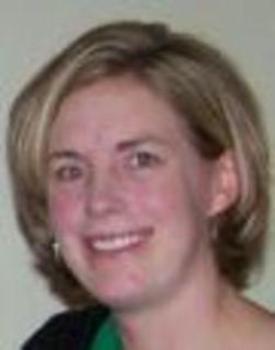Question
How do you know when an individual is making meaningful choices on an AAC device?
Answer
This question assumes that you are unsure if a student really has a grasp of what they are choosing and that it represents something that they are doing. It can be difficult to assess. We talk about motor pattern and motor learning. Just as we learn a keyboard, we start with the home row and once we know that, we add more keys. We do the same thing with devices. If you learn the home row and then suddenly those pictures were rearranged, and more pictures were added, the individual has to re-learn the whole system. For devices, I try to keep everything in the same spot; I may start on a device that holds 32 pictures, but only put four on there. Then as the child learns, I will add to the empty spots, but not move the original choices. However, I will do periodic checks where I flip the vocabulary. If a picture or symbol is always in the bottom right-hand corner and that is where the child always goes, I will move it to make sure that they look and they have noticed. I do see my children starting to recognize and actually visually looking at their choices and realizing that I just flipped the location. My advice is to keep things consistent, but every once in a while change the location of the pictures and symbols to see if they are actually looking at what their choices are or if they are just pushing buttons. Maybe that will help you.
Kristi Murphy is currently employed in Oak Hills Local School District and works with children K-12 in specialized classrooms. Her current student caseload consists primarily of students with multiple disabilities, orthopedic impairments and autism. A large portion of her caseload is non-verbal and requires some type of augmentative or alternative communication.

